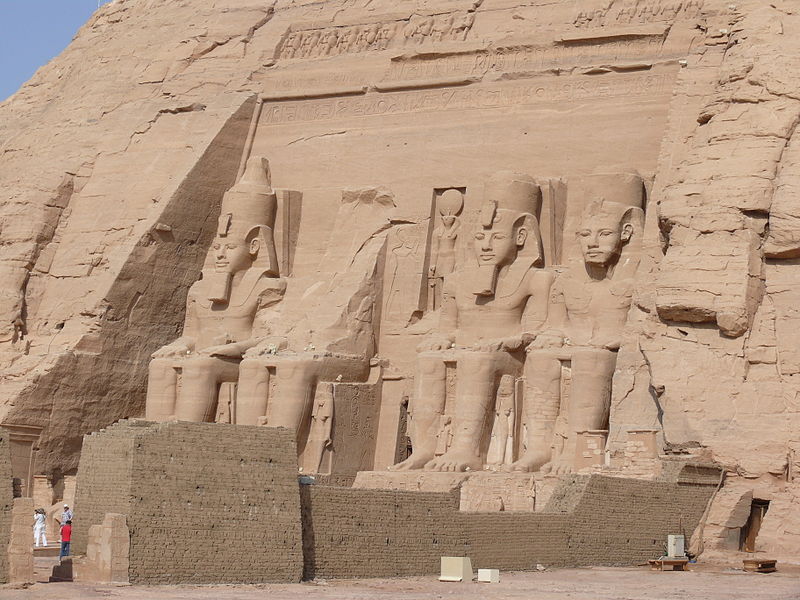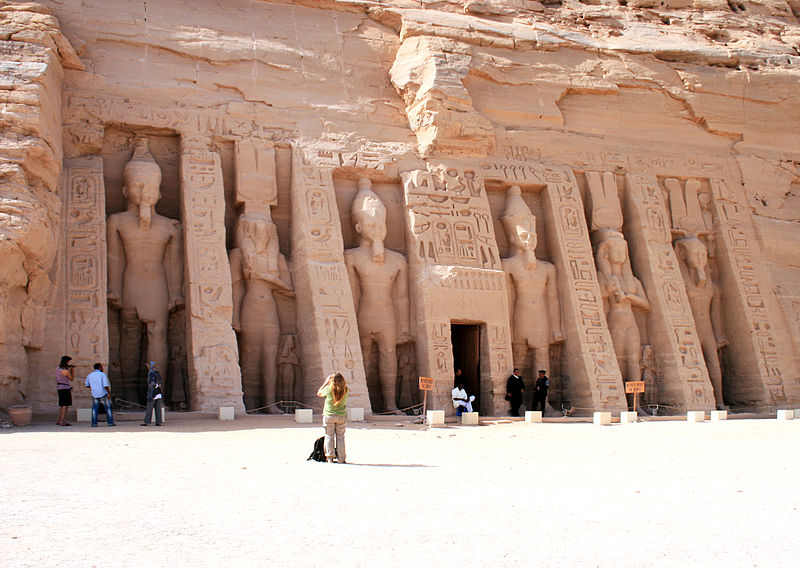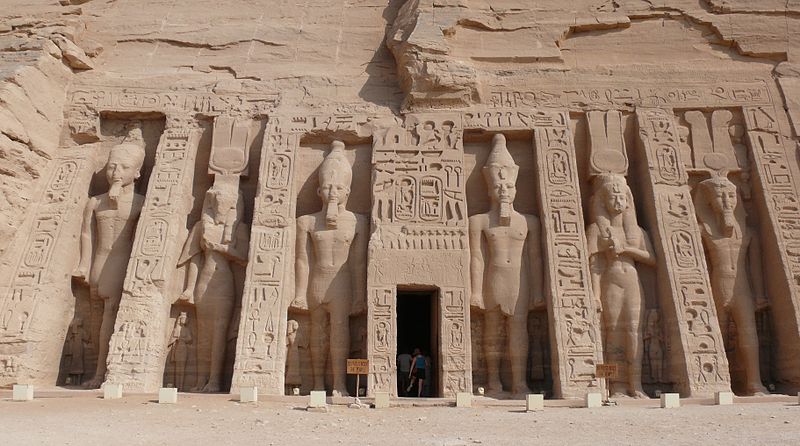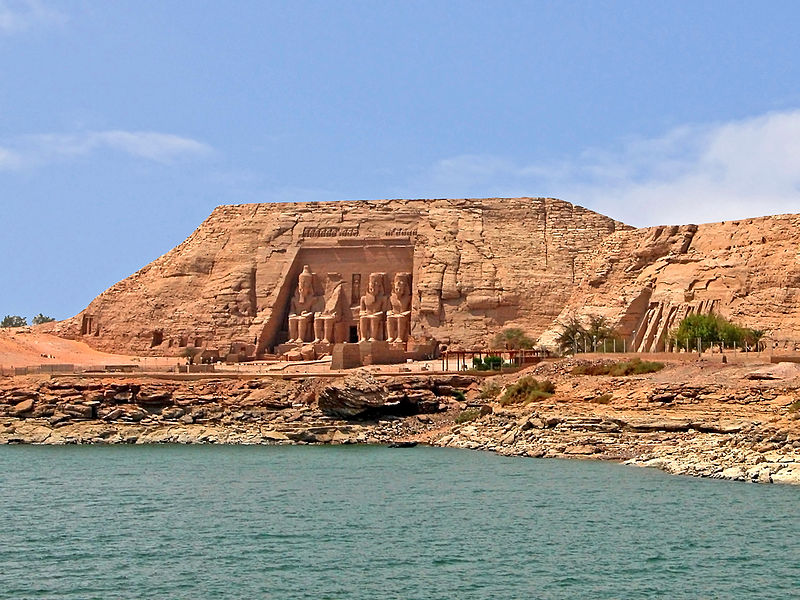Abu Simbel
Abu Simbel is one of the historical monuments located in Egypt, on one of the banks of the Nile River. It was built in the second half of the New Kingdom era. This temple is easily recognizable by the hefty statues of the Pharaoh that are located at its entrance. Back in the early 19th century, this miraculous building of the ancient Egyptians was buried in the middle of the desert. It was only in 1813 that the Swiss scientist Johann Ludwig Burckhardt discovered it. Extensive excavation work was carried out on this temple. Today it is presented to tourists as a rock on the banks of the Nile, in which two temples are carved, where Ramses II ruled (1298-1213 BC). This find is located in Nubia and is very popular among tourists.

This impressive Abu Simbel temple is represented by two structures: the Large Temple, which belongs to Pharaoh Ramesses II, as well as the gods Amon, Ptah, and Ra-Khorakhta, and the Small Temple, created in the name of the goddess Hathor, where her face is made in the form of the wife of Ramesses II Nefertari-Merenmut.
Due to the fact that in the 1950s the construction of the Aswan Hydroelectric Power Plant was organized on this territory, this cathedral was studied in detail by 50 countries of the world. A difficult task was set to preserve the well-known monument of art, which resulted in moving it in parts to a hill. This worldwide campaign has been held for 4 years under the protection of UNESCO.
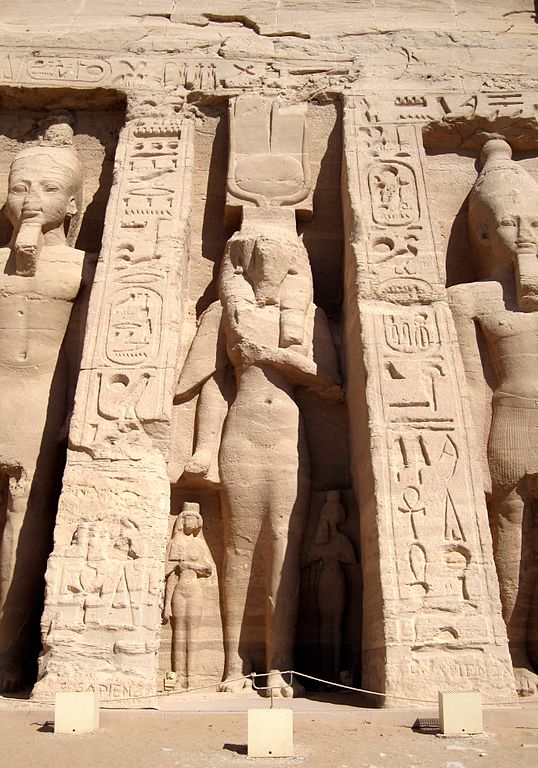
The hall of the Abu Simbel Temple is located on its eastern side. In its first hall, pillars and eight sculptures of the Pharaoh, in the form of a deity, were built. The walls and ceiling of these halls are lavishly decorated with murals, which are the best works of those times. Decorated relief walls will tell us about the story. Passing through the second hall, you can enter the sanctuary, where there are sculptures of the gods, as well as the Pharaoh himself, which amaze visitors with their portrait likeness.
The small temple, which was built in the name of the Goddess Hathor, looks simpler. Its front facade is decorated with several full-length figures. There are sculptures of Pharaoh Ramesses II, as well as his halves of Nefertati-Merenmut. On the column you can see an inscription stating that Ramesses built this divine dwelling for his wife Nefertari.
Abu Simbel temples are evidence that ancient Egyptian architects possessed very deep knowledge. They put into practice knowledge about the natural qualities of the soil. Sand was mixed with iron oxide, resulting in layers that are almost indestructible. In addition, this procedure gave the stone various shades of pink and red.
This landmark of Egypt, which was protected from flooding during the construction of the dam. When mixed, the temple was sawn into blocks of 30 tons each and transported 200 meters further from the river and 65 meters above its former position. Abu Simbel is a place of pilgrimage for travelers all over the world. This monument of art also exists as proof that humanity is capable of creating miracles.


